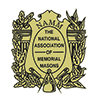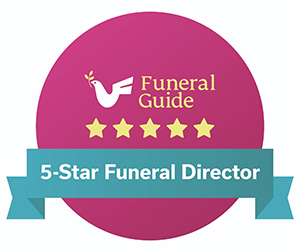In this general guide to funeral etiquette, we’ll answer some of the most common questions those attending a funeral have. If you can’t find an answer to the question you are looking for, please contact one of our funeral directors for further clarity.
Appropriate Attire
The vast majority of those attending a funeral will choose to wear formal attire such as a suit or dress – very often in black or another dark colour – with many believing that bright colours are inappropriate. The family organising the funeral may give specific instructions on what they would like people to wear. This may be a simple gesture, such as a coloured tie, to something more elaborate such as the wearing of football shirts. Some religions, such as Sikhism and Judaism, expect you to cover your head but again the organising family can provide guidance.
The chapel of rest
In most cases, only close family and friends will visit the deceased at the chapel of rest. If this is something you wish to do, you should ask the person arranging the funeral or call us for further advice and any restrictions.
The funeral procession
Traditionally, the funeral procession will leave from the home of the person who has died or from the home of a close relative. Alternatively, mourners may choose to meet at the location of the reception or meet at the place of service.
The person who arranges the funeral decides who will be in the limousines following the hearse – this is usually family and close friends. Most people going to the funeral will take their own cars and agree to meet the procession at the place of the service.
Children at a funeral
It is quite usual for children to attend funeral services although toddlers and babies can be disruptive but this should not be a barrier to them attending. If you plan on taking children, it can be a good idea to talk to them beforehand about the type of things to expect during a service so that they are prepared and have something to distract them if necessary.
The service
It is normally decided by the family whether people will go into the place of service before or after the coffin. Once inside, people closest to the deceased will sit nearer to the front with the next of kin sitting at the end of the pew next to the coffin.
At the end of the service, the minister will leave and everyone stands. The close family will leave first, followed by everyone else. If it is a burial, the coffin will be taken to the grave where the minister will speak again.
The wake
In most cases, friends and family of the deceased will get together for light refreshments. This can be at a local pub or restaurant or at the home of the deceased or their relative.






